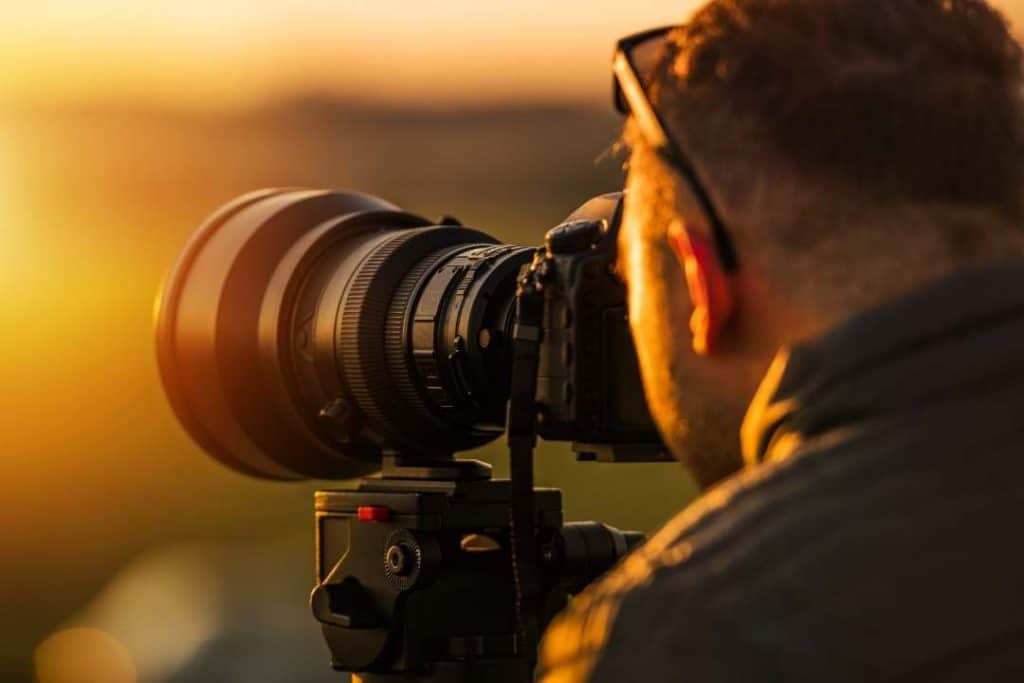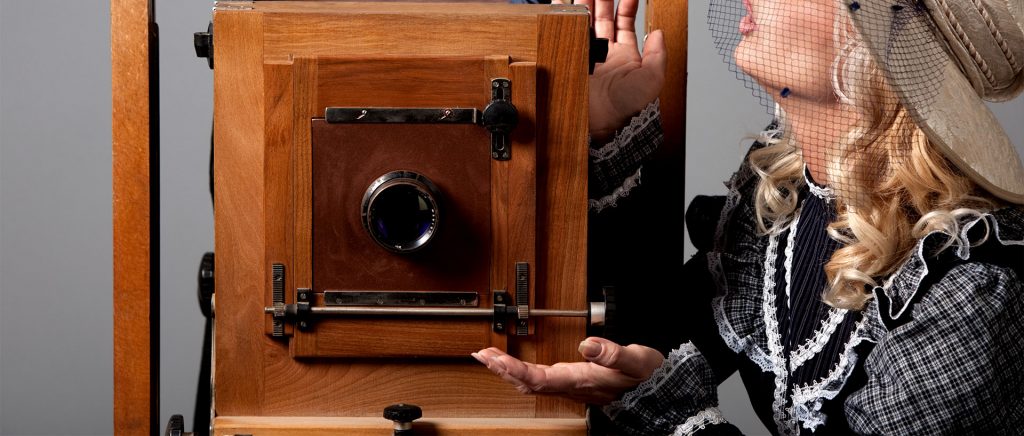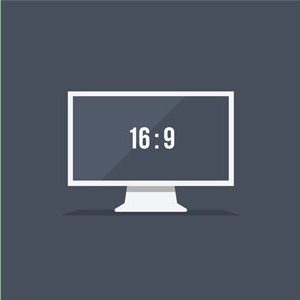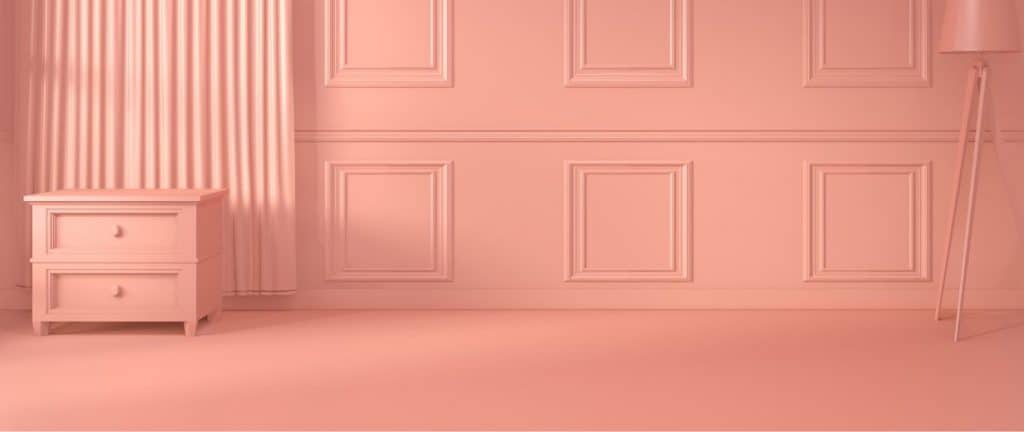The clapperboard is one of the many tools used to create films.
It is easy to use and can be helpful for both professionals and enthusiasts who want to delve deeper into the world of cinema.
What is the purpose of the clapperboard
In this way, the film clapperboard, also known as the slate, is a device used in the production of films, series or any other audiovisual content to:
- Mark the beginning and end of each take.
- Identify each scene and each type of shot.
- Synchronize sound and video during post-production.
- Serve as a guide for video editors.
- Note the director and cameraman in charge of the said shot or scene.
Furthermore, clapperboards are not only for films or TV shows, but still photographers also use them because they are an interesting way to mark the story. They keep track of where the photos were taken, who took them, which camera was used, etc.
Brief History
The film clapperboard has existed since the early 20th centurywhen it was created by director D.W. Griffith and cameraman Billy Bitzer to help them keep track of each shot they filmed on the set during the production of their 1912 silent film “The Birth of a Nation“.
This device helped directors identify the shots later to be able to put the material together into a cohesive whole while editing the final product with audio synchronization intact.
Traditionally, they were recorded by clapping two pieces of wood together to make a “clap” sound when they were reopened.
But the clapperboard has evolved over the years and is now an essential part of film production.
Today, this equipment continues to help directors visually organize scenes before calling action.
And as Hollywood films now depend on digital technology, film clapperboards are also used to record metadata from digital film files.
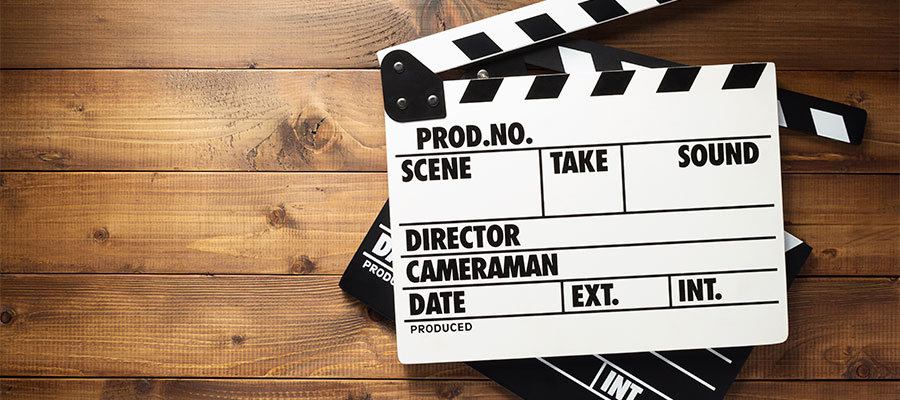
Composition and size of a film clapperboard
It consists of two boards that are joined together by a hinge. The upper board has a movable arm that holds a chalk or white slate.
The lower board has an elastic band that holds a piece of slate. The slate is printed with the film’s title, the scene number, and the take number.
The film clapperboard usually has a thickness of 16 mm, although sometimes 12 or 20 mm are used.
The types of clapperboards that exist
There are several types of film clapperboards, including:
- The traditional film clapperboard, which is a piece of wood or plastic that is used to mark the beginning and end of a take. The clapperboard has an arm that lifts to mark the start of recording and falls to mark the end. Important data about the take, such as its number, the director’s name, and the script name, are placed on top of the clapperboard.
- The digital clapperboard, which is an electronic version of the former. It has a screen on which you can view and change the take data, and it also has a button to mark the beginning and end of the recording.
- The pocket clapperboard, which is a small and portable version of the traditional clapperboard. The pocket clapperboard is used when a clapperboard is needed for off-studio recordings and is easier to carry and use than the traditional clapperboard.
- The sound clapperboard, which is a special version of the clapperboard that is used to mark the beginning and end of a sound recording. The sound clapperboard is usually smaller than the traditional clapperboard and does not have space to write the take data.
How to fill out the information on the clapperboard
The clapperboard displays information about the scene and take number. It includes the film it belongs to, the time of day when the take was shot, who holds the rights, etc.
The film’s title is written in large letters so that the audience can read it from a distance.
On one side there is a metal board where you can write this information with chalk. This board usually has three rows of text and three columns to mark each scene and take number.
It also has the recording date printed on it, although this can vary depending on the studio making the film.
The clapperboard does not necessarily display all the information about the film.
Some film clapperboards only have space for scene and shot numbers, while others can also include the camera angle, weather conditions, or information about the color of the film.
How is a clapperboard used?
To use a clapperboard, the most important thing is to place it first towards the film camera so that the information can be clearly seen.
Hold it with your left hand so that the top edge of the board is oriented towards you.
With your right hand, hold the clapper and make it hit the top edge. Make sure to make a loud noise so that the sound is captured by the microphone.
This means that from this moment the film time begins and the director can film as much as needed before the film time ends.
In some cases, there will be other tools known as “sticks”, one on top of the other that would produce an audible tone on a filming set where there is no electric clapperboard.
You can even use your own hands to make this clapping sound.


